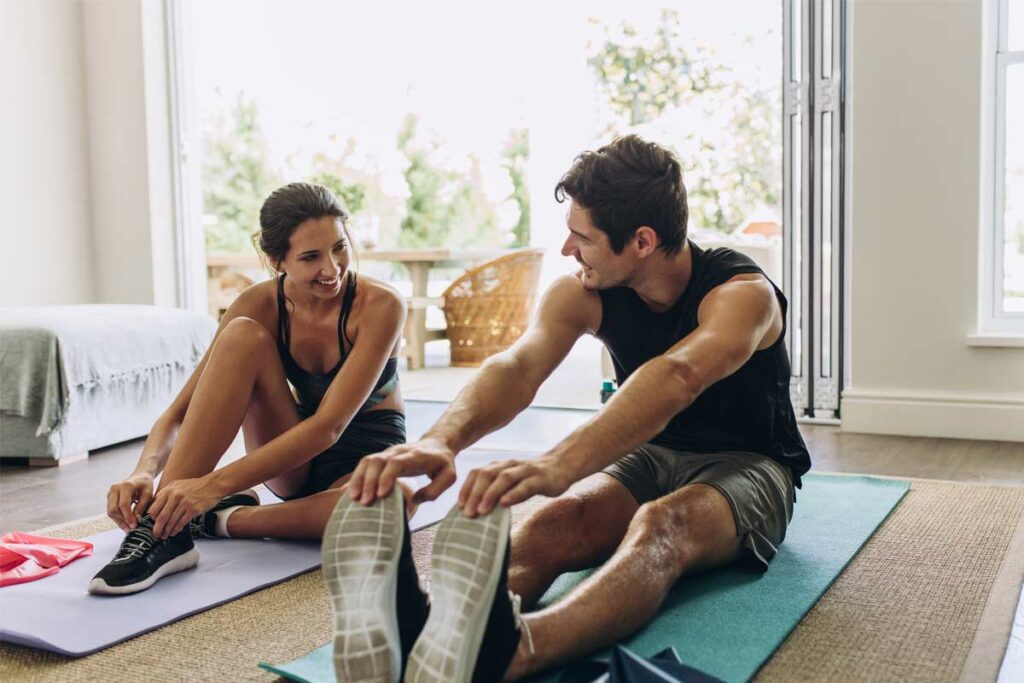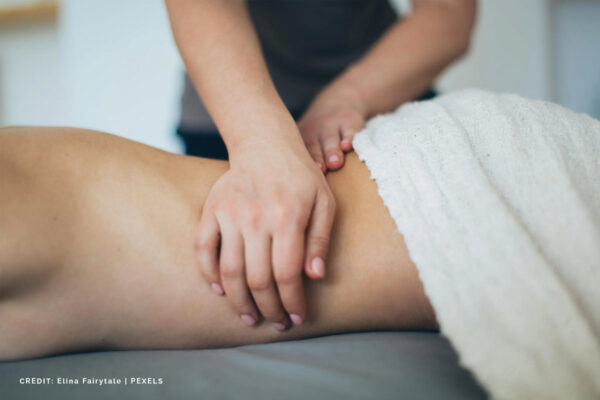Does Massage Therapy Really Help With Posture?
Many people struggle with poor posture due to sitting for long hours, using electronic devices, or not engaging in enough physical activity. Over time, slouching and improper body alignment can cause discomfort, stiffness, and even chronic pain. Massage therapy is often recommended as a way to relieve tension, correct imbalances, and support a healthier posture.
How Poor Posture Affects Your Body
Posture plays a big role in how your body functions. When posture is poor, it puts extra stress on muscles, joints, and even the nervous system. Over time, this can lead to stiffness, pain, and reduced mobility.
Bad posture causes some muscles to tighten while others weaken. This imbalance leads to discomfort, stiffness, and difficulty maintaining proper posture. If left unaddressed, these issues can cause chronic pain and movement restrictions.
When the body is not aligned properly, extra pressure is placed on joints. This strain can lead to joint pain, inflammation, and reduced range of motion. Over time, the added stress may contribute to long-term joint problems.
Slouching and poor posture can restrict blood flow to muscles and tissues. This can make muscles feel tired and slow down the body’s ability to recover from soreness or strain. Proper posture helps keep circulation steady and supports overall muscle function.
- Impact on the Nervous System
The spine protects important nerves that send signals throughout the body. Poor posture can compress these nerves, causing pain, numbness, or tingling in different areas. When posture improves, nerve function is restored, and discomfort is reduced.
How Massage Therapy Helps Improve Posture

Massage therapy can help correct posture by addressing muscle tension and imbalances. By loosening tight areas and improving flexibility, the body can return to a more natural alignment. Regular sessions can also reduce pain and make it easier to maintain good posture throughout the day.
Tight muscles pull the body out of alignment, making it hard to stand or sit properly. Massage therapy helps release built-up tension, allowing muscles to relax and move freely. As tightness decreases, posture naturally improves over time.
- Corrects Muscle Imbalances
When certain muscles become too tight and others too weak, posture is affected. Massage therapy helps bring balance by loosening stiff areas and improving blood flow to weaker muscles. This allows the body to hold a better posture with less strain.
- Improves Spinal Alignment
The spine supports the body’s posture, but tension in the surrounding muscles can pull it out of alignment. Massage therapy helps ease this tension, allowing the spine to settle into a more natural position. This reduces discomfort and makes it easier to maintain good posture.
- Enhances Flexibility and Mobility
Stiffness in the muscles and joints can make movement difficult. Massage therapy improves flexibility by loosening tight areas and increasing range of motion. When mobility improves, it becomes easier to sit, stand, and move with better posture.
- Reduces Pain and Discomfort
Poor posture often leads to aches and pains, especially in the neck, back, and shoulders. Massage therapy helps relieve this discomfort by improving circulation and reducing tension. As pain decreases, maintaining proper posture becomes more comfortable.
Massage Techniques for Posture Correction
Certain massage techniques are especially helpful for improving posture. These methods target deep tension, increase flexibility, and restore balance to the body. Choosing the right technique can help address specific posture-related concerns.
This technique focuses on the deeper layers of muscle and connective tissue. Firm pressure is applied to break up knots and relieve chronic tension. Deep tissue massage is especially helpful for people with long-term posture problems.
Myofascial release works on the connective tissue surrounding muscles. Gentle, sustained pressure is applied to loosen tight areas and improve mobility. This technique helps restore movement and allows the body to hold a better posture.
Trigger points are tight muscle knots that can cause pain and posture issues. This therapy applies direct pressure to these points, releasing tension and improving movement. Over time, it can help correct muscle imbalances and support better alignment.
Swedish massage uses gentle techniques to promote relaxation and blood flow. While it is not as intense as deep tissue massage, it can still help with posture by loosening tight muscles. It is a good option for those who need relief from tension without too much pressure.
This technique is designed for active individuals who put stress on their muscles. It combines deep pressure and stretching to improve flexibility and reduce tightness. Sports massage helps the body move more freely, making it easier to maintain proper posture.
How to Maximize the Benefits of Massage Therapy for Posture

Massage therapy can be even more effective when combined with good daily habits. Making small adjustments can help reinforce the improvements gained from treatment. These strategies can support long-term posture correction.
- Practice Good Posture Daily
Being mindful of how you sit and stand can prevent tension from building up. Keep your shoulders relaxed, your back straight, and your head aligned with your spine. Making small adjustments throughout the day helps reinforce proper posture.
- Incorporate Stretching and Strengthening Exercises
Stretching helps release tight muscles, while strengthening exercises support proper alignment. Focusing on the core, back, and shoulders can improve posture and prevent imbalances. A mix of both stretching and strengthening leads to better results.
- Stay Consistent with Massage Sessions
One massage session can provide relief, but regular treatments create lasting change. Routine sessions help maintain muscle balance and prevent tension from returning. Consistency ensures posture improvements continue over time.
The right chair, desk, and pillows can make a big difference. Ergonomic support helps reduce strain on the spine and encourages proper posture. Making these changes can help maintain the benefits of massage therapy.
Movement prevents stiffness and helps muscles stay balanced. Walking, stretching, and exercising regularly can support posture and reduce tension. Staying active keeps the body in good condition and minimizes posture-related discomfort.
Improve Your Posture with Massage Therapy in Scarborough at PARC of Ontario
Massage therapy in Scarborough can help relieve tension, correct muscle imbalances, and improve posture. At PARC of Ontario, treatments are designed to address





